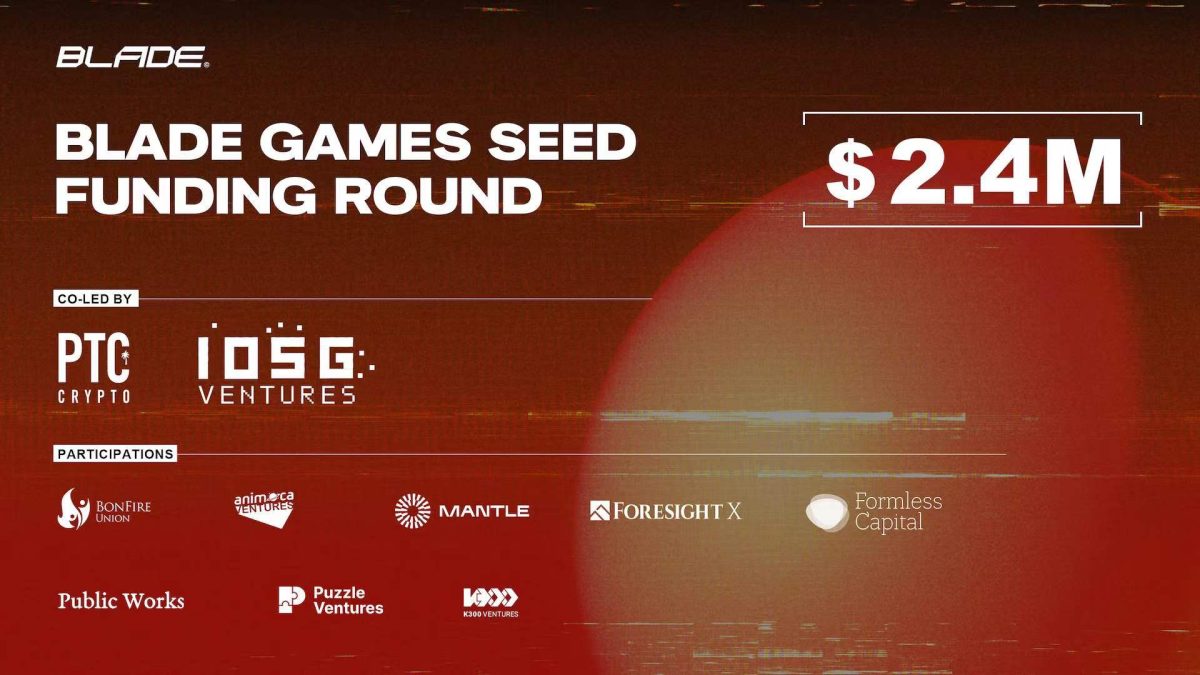Bitcoin’s halving countdown continues with one week to go

Quick Take
- Bitcoin’s next halving event, when the miners’ block subsidy reward gets cut in half, is now just one week away, according to The Block’s halving countdown.
- The estimated time remaining would see Bitcoin’s fourth halving arrive on April 20, with the block subsidy dropping from 6.25 BTC to 3.125 BTC.

Bitcoin  BTC
-3.81%
’s next halving event is now just one week or approximately 1,000 blocks away, according to The Block’s Bitcoin Halving Countdown page.
BTC
-3.81%
’s next halving event is now just one week or approximately 1,000 blocks away, according to The Block’s Bitcoin Halving Countdown page.
The estimated countdown is based on Bitcoin's average block generation time of 10 minutes, setting a potential date of April 20 at around 9 a.m. UTC (5 a.m. ET), to reach the next halving block height of 840,000, as things stand. Bitcoin’s next halving event will see the subsidy reward for miners on the network drop from 6.25 BTC to 3.125 BTC per block.
Bitcoin halvings are programmed to occur automatically every 210,000 blocks — roughly every four years. Once a halving event occurs, miners receive 50% fewer bitcoins as a subsidy reward for every block of transactions they mine and add to the blockchain. However, they continue to earn additional transaction fee rewards for each block mined as normal.
There have been three halving events in Bitcoin's history, reducing its block subsidy inflation from 50 BTC to 25 BTC in 2012, then to 12.5 BTC in 2016 and 6.25 BTC at the last halving on May 11, 2020. In the long term, there will only ever be 21 million bitcoins in existence.
The halving events will continue until the last bitcoin is expected to be mined around the year 2140. After this, miners will only earn from transaction fees.
Bitcoin mining difficulty hits all-time high in final adjustment before the halving
Bitcoin mining difficulty rose 3.9% this week to hit a new all-time high in the final adjustment ahead of the halving as miners appear to ramp up their hash rate in preparation for the block subsidy reward drop.
Bitcoin mining difficulty measures how hard it is to mine a new block, adjusting every 2016 blocks — roughly two weeks — to ensure that, on average, a new block is found every 10 minutes, regardless of how many miners are actively mining. The higher the difficulty, the more computational power a miner needs to find the next block.
Bitcoin's hash rate, which measures the total computational power dedicated to the network by miners, reached a new seven-day moving average all-time high of 629.75 EH/s ahead of the difficulty adjustment on Wednesday, according to The Block’s data dashboard.
While miner revenues have also risen this year amid the increase in bitcoin’s price, it remains to be seen the extent of the impact the halving has on less efficient mining operations and, hence, the overall network metrics following the drop in subsidy.
Is the Bitcoin halving a ‘sell-the-news’ event?
Historically, Bitcoin halvings have been associated with significant fluctuations in the cryptocurrency's price. While not a direct cause-and-effect relationship, these events have often preceded substantial bull runs in the bitcoin market.
“In two out of three previous halvings, prices surged one and three months after. In all three halvings, prices surged nine and 12 months after,” analysts at Kaiko noted earlier this week.

Bitcoin performance post-halvings. Image: Kaiko.
A sample size of three is not large enough to be conclusive and other factors also contributed to gains following prior Bitcoin halvings, the analysts added. However, bitcoin’s implied volatility for various options expiries suggests market turbulence in the near term. “IV for expiries in the next two weeks has increased the most, from 59% to 71% in the span of just 2 days,” they said.
While the new U.S. spot bitcoin exchange-traded funds have seen strong overall inflows of $12.6 billion, which could suggest a positive price impact as new supply drops post-halving, “in the case of a bearish reversal, BTC could flood the market, thus posing an uncertainty,” the Kaiko analysts warned.
Disclaimer: The Block is an independent media outlet that delivers news, research, and data. As of November 2023, Foresight Ventures is a majority investor of The Block. Foresight Ventures invests in other companies in the crypto space. Crypto exchange Bitget is an anchor LP for Foresight Ventures. The Block continues to operate independently to deliver objective, impactful, and timely information about the crypto industry. Here are our current financial disclosures.
© 2023 The Block. All Rights Reserved. This article is provided for informational purposes only. It is not offered or intended to be used as legal, tax, investment, financial, or other advice.



